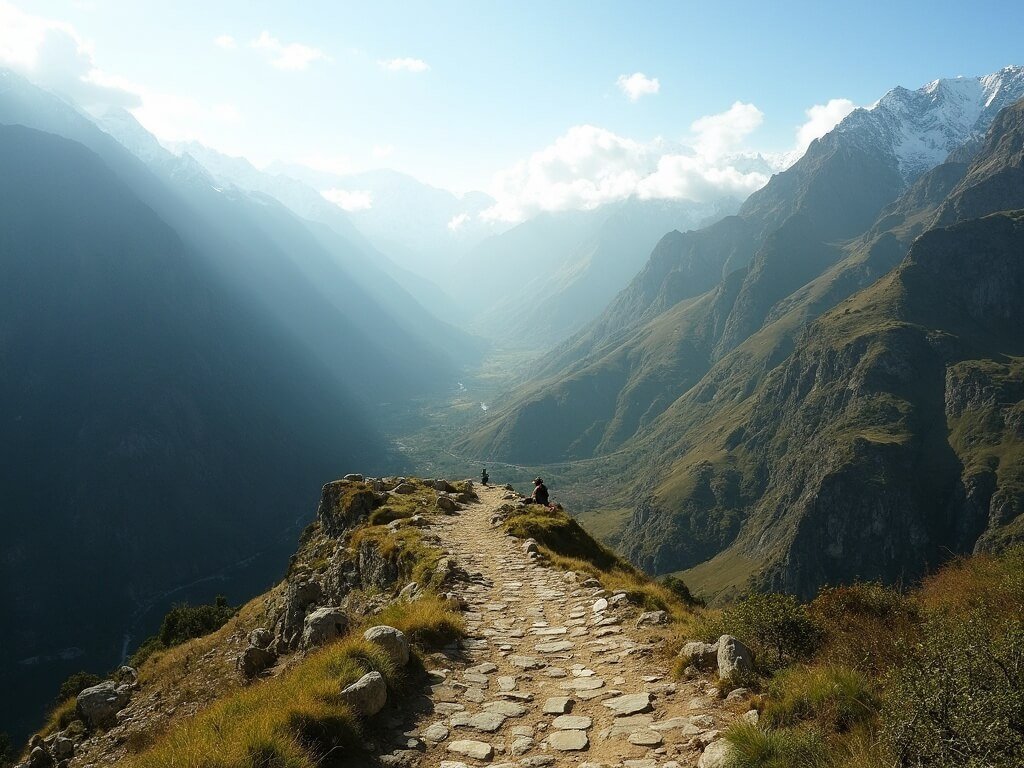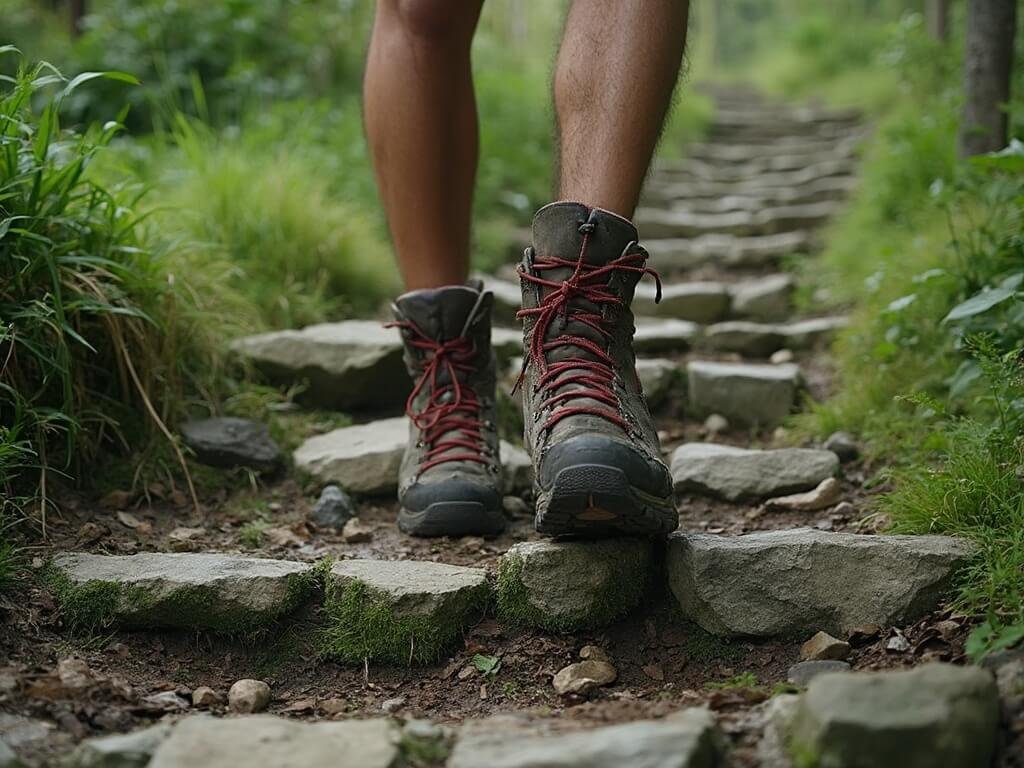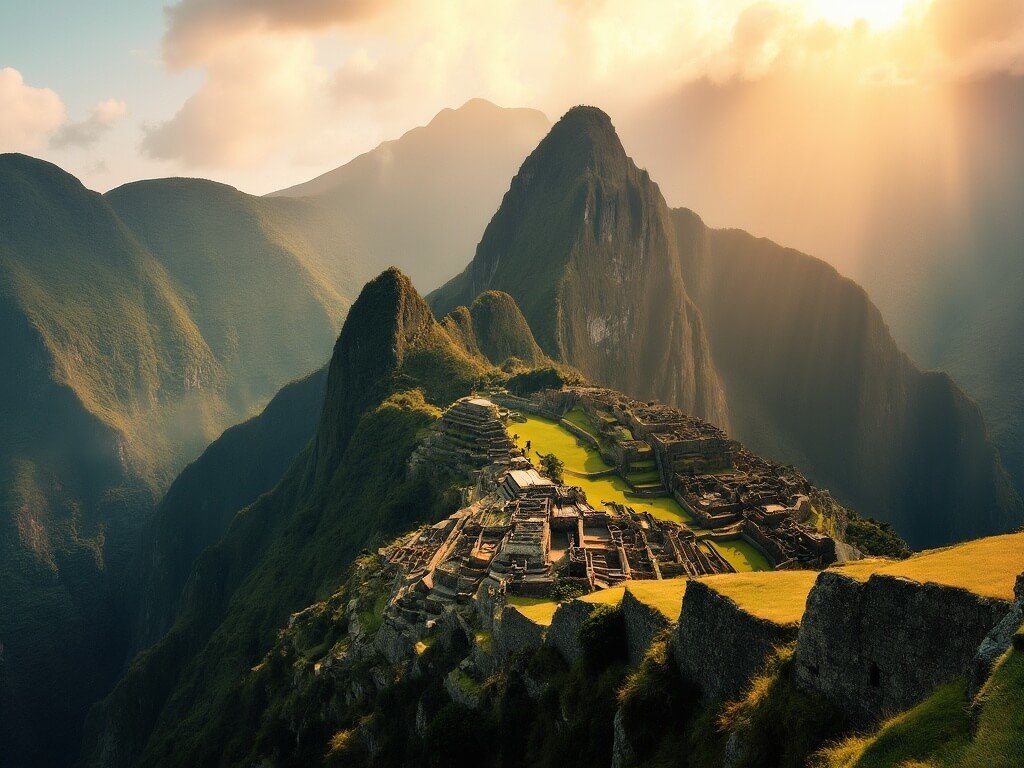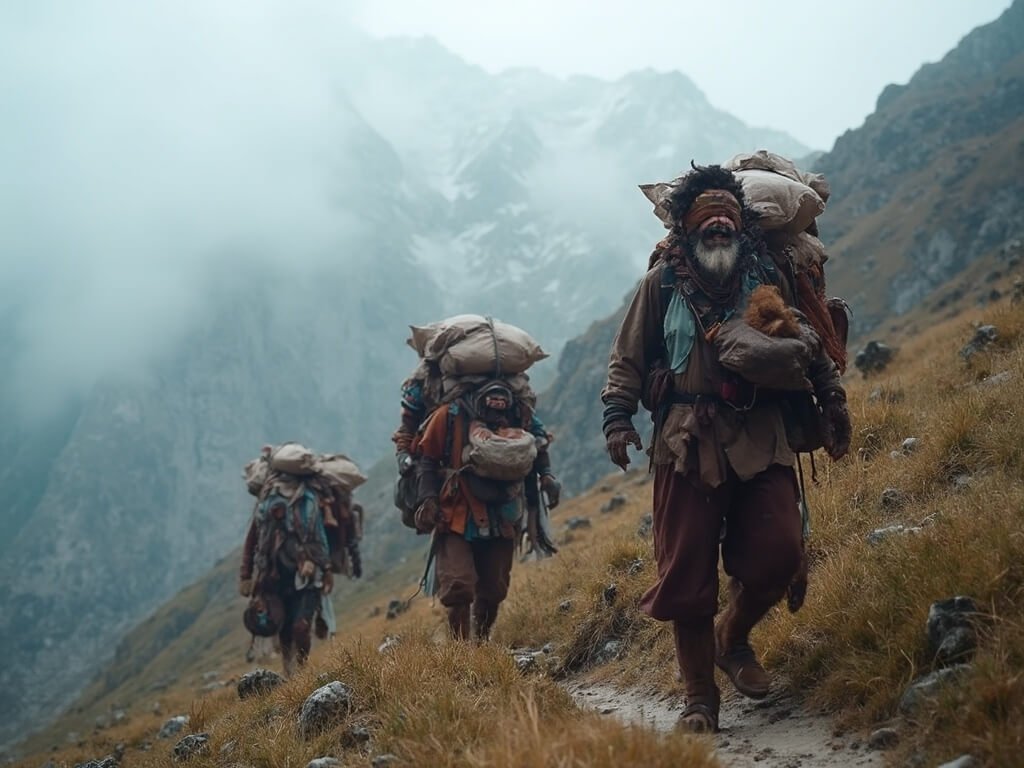Ever dreamed of walking in the footsteps of ancient Incas, surrounded by breathtaking mountain landscapes and centuries-old mysteries? The Inca Trail isn’t just a hike—it’s a legendary journey that transforms ordinary travelers into adventure legends.

Imagine this: You’re standing at 4,215 meters above sea level, lungs burning, legs aching, but with a view that makes every painful step worthwhile. That’s the Inca Trail—a 26-mile trek that’s part physical challenge, part historical pilgrimage.
What Makes the Inca Trail the Ultimate Bucket List Experience?
The Inca Trail isn’t just another walking path. It’s a UNESCO World Heritage route that cuts through the heart of Peru’s most stunning landscapes, connecting hikers directly to the mystical Sun Gate of Machu Picchu.
Quick Trail Facts That’ll Blow Your Mind
- Total Distance: 26 miles (42 km)
- Typical Duration: 4 days
- Starting Point: Km 82/Piskacuchu (2.5 hours from Cusco)
- Maximum Elevation: 4,215 meters at Dead Woman’s Pass
Personal story time. During my first Inca Trail trek, I severely underestimated the altitude. By day two, I was gasping like a fish out of water, realizing that “fitness” means something entirely different at 4,000 meters. Pro tip: Train. Seriously.
Navigating the Permit Maze: Your Golden Ticket
Here’s the brutal truth about hiking the Inca Trail: Permits are more competitive than getting front-row seats at a Taylor Swift concert.
Key Permit Insights:
- Only 500 people allowed daily (including staff)
- Book 6+ months in advance
- Must use authorized tour operators
- Passport details required
The Trail’s Epic Journey: Day-by-Day Breakdown
Day 1: The Warm-Up
- Distance: 14 km
- Elevation: Climb to 3,300 meters
- Highlights: River crossings, first glimpse of snow-capped peaks
- Archaeological Sites: Ccanabamba, Llactapata
Day 2: The Ultimate Test
- Distance: 16 km
- Crux: Dead Woman’s Pass (4,215m)
- Most physically demanding segment
- Archaeological Gems: Runkurakay, Sayacmarca
Day 3: Nature’s Playground
- Distance: 10 km
- Terrain: Cloud forests, “Inca flat” sections
- Natural Wonders: Waterfalls, orchids, lush ferns
- Sites: Phuyupatamarca, Intipata, Wiñay Wayna
Day 4: The Grand Finale
- Distance: 5 km
- Legendary “Gringo Killer” steps
- Sunrise entry through Sun Gate
- Machu Picchu guided tour
Cost and Preparation: What You’ll Need to Know
Budget Range: $600-$1,200 for a standard 4-day tour
Includes: Meals, guides, permits, camping gear, porter support
Excludes: Tips, personal gear rentals, travel insurance
Want to know the most critical preparation tip? Acclimatization is not optional. Spend at least 2-3 days in Cusco or Sacred Valley before your trek to help your body adjust to the altitude.
Crucial Gear Checklist:
- Sturdy hiking boots
- Layered clothing
- Rain gear
- Sleeping bag
- Water bottle
- Sun protection
- Thermal layers
As the trail winds through ancient stone paths and misty mountain passages, you’ll realize this isn’t just a hike—it’s a transformative journey that connects you to one of humanity’s most incredible civilizations.
The first leg of this epic adventure sets the stage for an experience that will redefine your understanding of travel, history, and personal limits. Breathe. Prepare. The Inca Trail awaits.
Explore More Adventures
Weather Warriors: Conquering Seasonal Challenges
Peru’s climate isn’t for the faint-hearted. Understanding seasonal variations can make or break your Inca Trail experience.
Dry Season (May-September)
- Peak hiking months
- Guaranteed sunshine
- Maximum visibility
- Highest tourist traffic
- Book even further in advance
Rainy Season (October-April)
- Fewer crowds
- Lush, green landscapes
- Higher mud and slippage risks
- February: Complete trail closure for maintenance
Pro Survival Tip: Pack waterproof everything. I learned this the hard way during a surprise downpour that turned my hiking socks into wet sleeping bags.
Altitude: The Silent Trek Killer
Altitude isn’t just a challenge—it’s a potential adventure stopper.
Potential Altitude Sickness Symptoms:
- Headaches
- Dizziness
- Nausea
- Extreme fatigue
- Shortness of breath
Prevention Strategies:
- Gradual ascent
- Proper hydration
- Coca leaf tea
- Prescription altitude medication
- Rest days for acclimatization
The Porter Protocol: Ethical Trekking Matters
Not all trek experiences are created equal. The human backbone of your journey? The incredible porters who carry gear, prepare meals, and make your trek possible.
Ethical Porter Guidelines:
- Fair wages
- Proper equipment
- Weight restrictions
- Respectful treatment
- Community support programs
Pro Insight: Always tip your porters. They’re working harder than you can imagine.
Alternatives When Permits Vanish
Can’t secure a classic Inca Trail permit? Don’t panic. Multiple routes exist:
Alternative Treks:
- Salkantay Trek
- Lares Trek
- Choquequirao Trek
- Short 1-2 day Inca Trail versions
Explore more in this comprehensive Inca Trail hiking guide and this ultimate guide to hiking the Inca Trail.
Mental Preparation: Beyond Physical Training
The Inca Trail is 30% physical, 70% mental resilience.
Psychological Readiness Checklist:
- Embrace uncertainty
- Practice mindfulness
- Build mental flexibility
- Develop positive self-talk
- Prepare for discomfort
The Sustainable Trekking Manifesto
Modern adventurers aren’t just travelers—they’re environmental stewards.
Sustainability Principles:
- Leave No Trace
- Minimize plastic use
- Support local economies
- Respect archaeological sites
- Choose responsible operators
Final Wisdom: Why This Trek Changes You
The Inca Trail isn’t just a hike. It’s a personal transformation wrapped in mountain landscapes.
You’ll return with:
- Enhanced physical endurance
- Cultural insights
- Personal growth
- Unforgettable memories
- A connection to ancient civilizations
Your Machu Picchu moment awaits. The Inca Trail doesn’t just test your limits—it expands them.
Looking for more travel inspiration? Check out other unforgettable adventures like visiting the Alaska glaciers and wildlife, discovering the charm of Charleston, or exploring the historic streets of Savannah.











